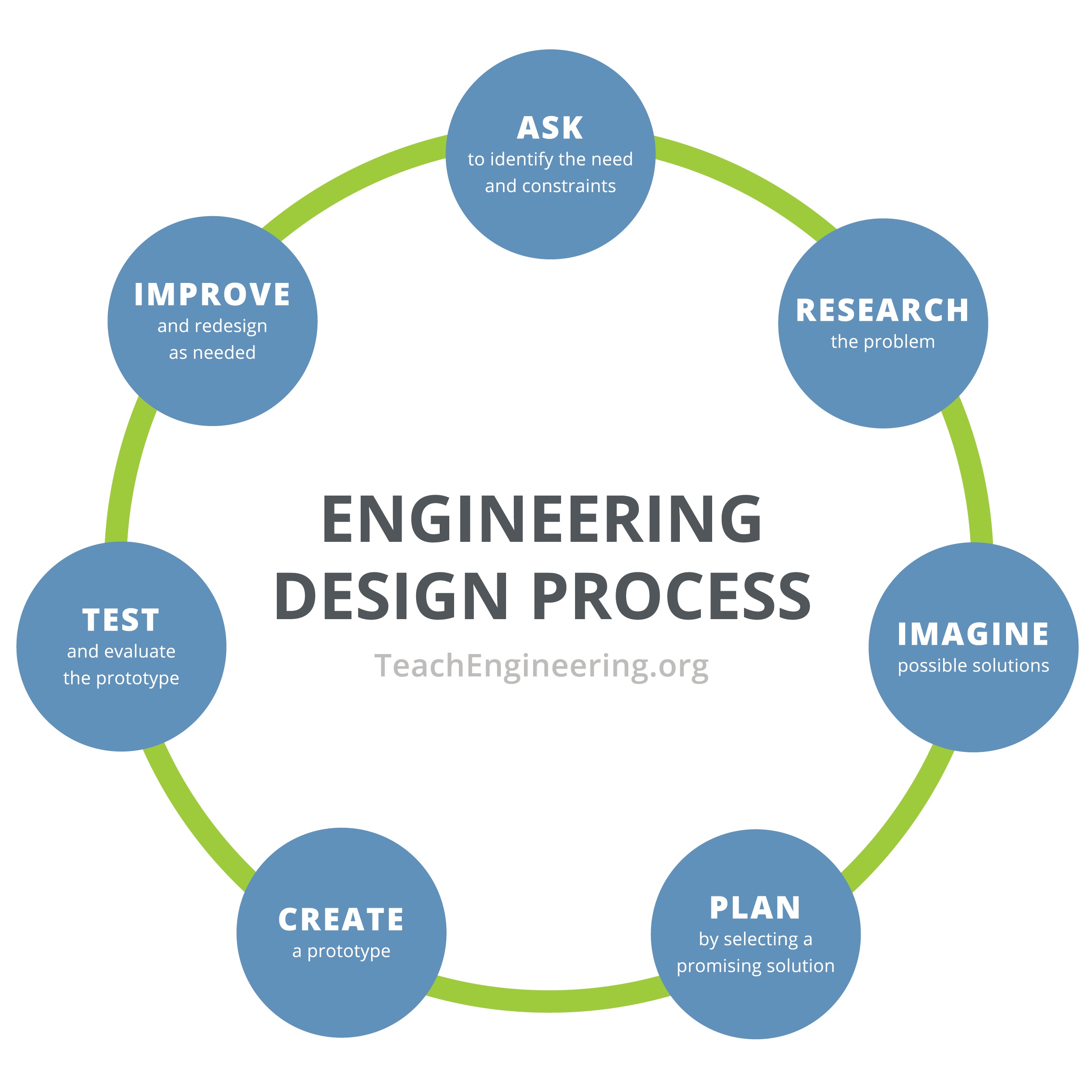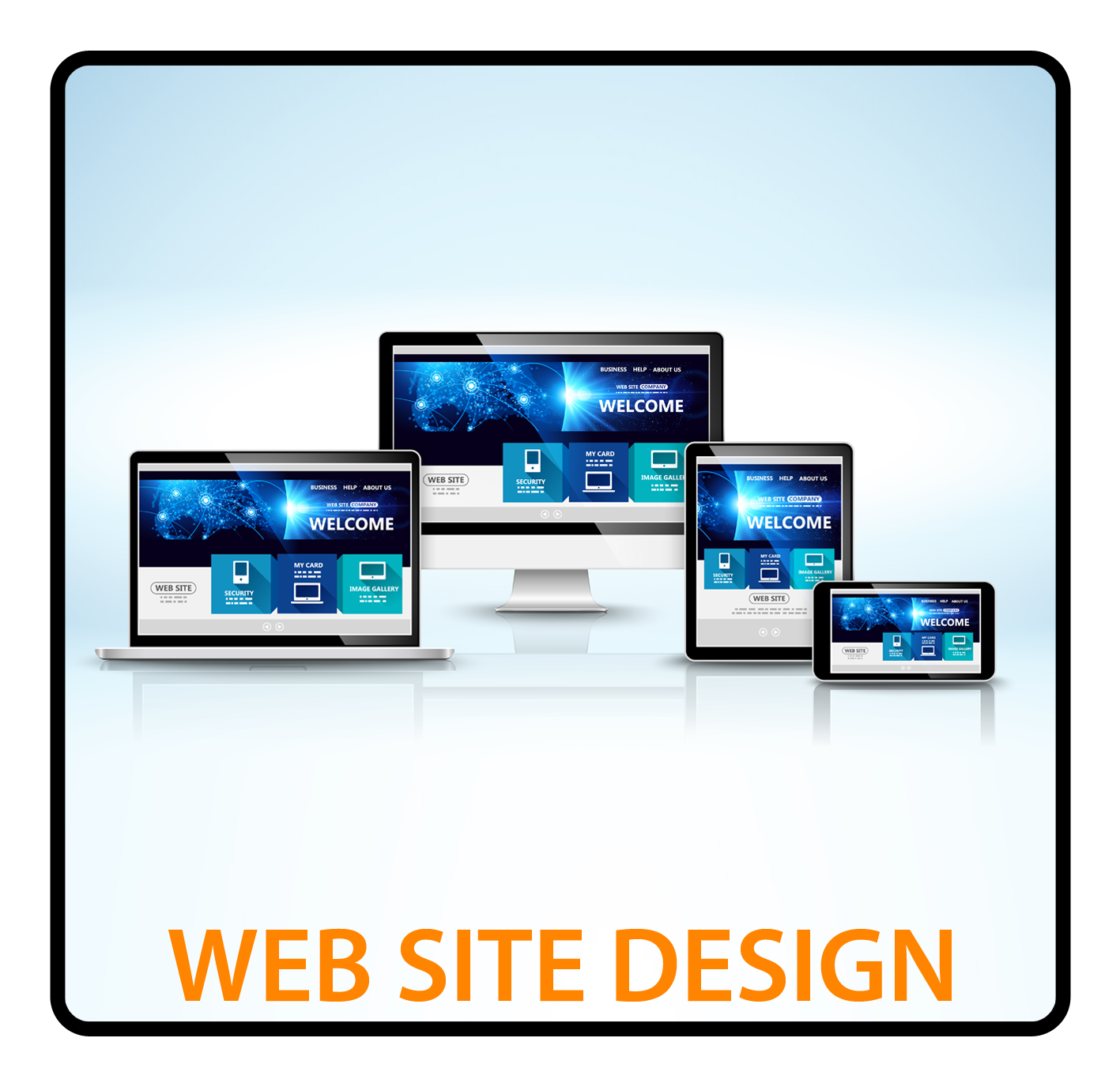Table Of Content

While design thinking’s nonlinear nature can open the door for increased creativity, this can also lead to a lack of focused product vision and development structure. Utilizing design thinking for teams that aren’t already familiar with its practices can cause confusion or disorganization, which may result in unclear time and resource delegation, and even delay a product’s release entirely. The design thinking method grew to prominence after being taught in Stanford University’s design school in 2003. Today, design thinking is applied as a product development and brand positioning strategy by high-profile software firms like Intuit, Samsung and Google to build and test new ideas efficiently.
Design Thinking Mindsets: More than a Process
By the end of the Prototype stage, the design team will have a better idea of the product’s limitations and the problems it faces. They’ll also have a clearer view of how real users would behave, think and feel when they interact with the end product. Synopsys and TSMC are developing end-to-end multi-die electronic and photonic flow solutions for TSMC's Compact Universal Photonic Engine (COUPE) technology to enhance system performance and function. This flow spans photonic IC design with Synopsys OptoCompiler™ and integration with electrical ICs utilizing Synopsys 3DIC Compiler and Ansys multiphysics analysis technologies. The Company will host a conference call today where HOOKIPA’s Executive Team will discuss the full details of the trial design, and the Company’s clinical development strategy for oncology.
Owner’s Responsibilities and Timetable
Competition to replace Bradley vehicles enters design, prototype phase - Defense News
Competition to replace Bradley vehicles enters design, prototype phase.
Posted: Fri, 01 Jul 2022 07:00:00 GMT [source]
In addition, interoperable process design kits (iPDKs) and Synopsys IC Validator™ physical verification runsets are available for design teams to efficiently transition designs to TSMC advanced process technologies. Synopsys IC Validator enables full-chip physical signoff to handle the increasing complexity of physical verification rules. Synopsys IC Validator is now certified on TSMC N2 and N3P process technologies. The Company anticipates the first patient will be enrolled in the fourth quarter of 2024.
A Guide to UX Design in Berlin
Inevitably, some decisions must be made or modified in the field, and our involvement and ability to work quickly with your contractor to solve problems is essential for helping you avoid costly delays and change orders. During Construction Administration, the architect’s role is advisor to the owner. At the end of the project, we help you develop your final Punch List to ensure all work is completed to your satisfaction.
Notice the many parallels between Laura’s advice for designers on agile teams and the mindsets of design thinking. A mindset is a characteristic mental attitude that determines how one interprets and responds to situations. Design thinking mindsets are how individuals think, feel and express themselves during design thinking activities. It includes people’s expectations and orientations during a design project. This model balances expansive thinking with focused execution to ensure that design solutions are both creative and practical. It underscores the importance of understanding the problem thoroughly and carefully crafting the solution, making it a staple in many design and innovation processes.
Attributes of a Great Architect
The stages should be understood as different modes which contribute to the entire design project, rather than sequential steps. Depending on time constraints, you will gather a substantial amount of information to use during the next stage. The main aim of the Empathize stage is to develop the best possible understanding of your users, their needs and the problems that underlie the development of the product or service you want to create. "Together, TSMC and Synopsys will help engineering teams create the next generation of differentiated designs on TSMC's most advanced process nodes with faster time to results."
Benefits of Design Thinking

In this phase is where the architect starts to refine the design, adding more details to the drawings and selecting different products and materials. If is already a Contractor selected, this is the right time to bring him aboard for he to advise on cost estimating. Next, you’ll focus on developing ideas quickly turned into prototypes and tested on real users. Inherent to the Design Thinking process is the early and frequent testing of your solutions; this way, you can gather feedback and make any necessary changes long before the product is developed. The deliverable in this phase is a complete set of drawings and specifications, referred to as the Construction Documents, which will get submitted for permit and given to contractors to develop bids/quotes for the work. This phase basically takes the design development drawings and specifications and fills in the details that will enable a contractor to actually build your project.
This phase involves a lot of research on the part of your design professional and a lot of participation from you. As you can imagine, it’s vitally important to get this phase right – nobody wants to make a big investment in a building only to outgrow it far too soon or end up with a lot of wasted, unused space because it’s too big. Your design professional will work closely with you to determine your space needs, as well as how they can be arranged and used most efficiently. Additionally, your architect will start to look at applicable zoning, building code, and other regulatory requirements, and will work with you to develop a project schedule that meets your needs. Design thinking methods and strategies belong at every level of the design process.

You may also want to immerse yourself in your users’ physical environment to gain a deeper, personal understanding of the issues involved—as well as their experiences and motivations. Empathy is crucial to problem solving and a human-centered design process as it allows design thinkers to set aside their own assumptions about the world and gain real insight into users and their needs. At this time the owner prepares to select the contractor for the job and sign contracts to proceed with construction. Multiple contractors submit bids on the job or the client can directly hire a contractor without getting competitive bids The architect’s role here will be to assist the client. We will answer contractor’s questions, provide any additional documentation if requested by the contractor. You do not need to wait until all of the construction documents are completed but the price will be more accurate if you do.
Knowing the architectural design phases –Programming, Schematic Design, Design Development, Construction Documents, Bidding, and Construction Administration– means you'll have a plan to follow. After reading this article, you should also know the goals and deliverables expected from each of these phases. If it's a design-build project, this is a good time to include the build team. They can provide critical insight on implementation and provide preliminary cost estimates. Getting a cost estimate now will ensure the project scope is in line with the client's budget. If adjustments need to be made, it's more efficient (and cost-effective) to address them now.
The total cost as defined above is relevant to the long-term costs of owning a building and is of special interest to owner-occupiers such as government bodies, condominium corporations and large institutions. There are two contingencies and it is important to distinguish between design contingencies and construction contingencies, and identify both in any estimate in addition to any escalation amount. Contingencies, which may be as high as 25% at the early stages of a project, will decrease to 2%–5% as the degree of uncertainty is reduced.
Whether you’re a designer, a teacher, or a CEO, the Design Thinking process will transform the way you think, collaborate, and come up with ideas. The testing phase will quickly highlight any design flaws that must be addressed. Based on what you learn through user testing, you’ll go back and make improvements. Unlike problem-based thinking, which tends to fixate on obstacles and limitations, the Design Thinking process is all about outcomes. It provides a non-linear series of steps that you can follow to come up with innovative, actionable ideas.

No comments:
Post a Comment